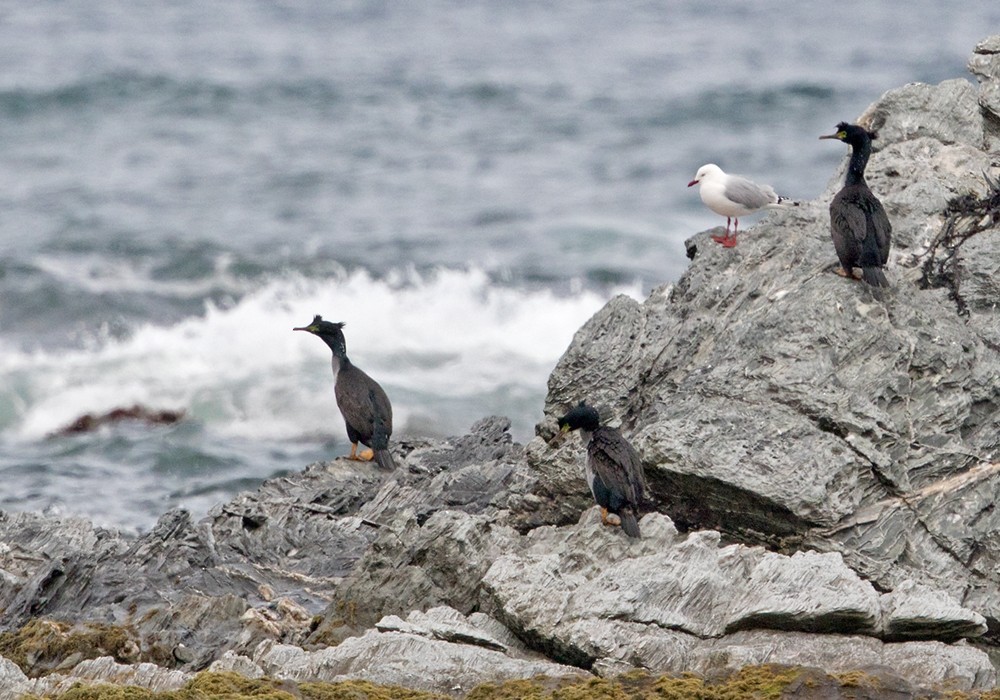Pitt Island Shag
A species of Typical Cormorants and Shags Scientific name : Phalacrocorax featherstoni Genus : Typical Cormorants and Shags
Pitt Island Shag, A species of Typical Cormorants and Shags
Botanical name: Phalacrocorax featherstoni
Genus: Typical Cormorants and Shags
Content
Description General Info
 Photo By Lars Petersson
Photo By Lars Petersson Description
The Pitt shag (Phalacrocorax featherstoni), also known as the Pitt Island shag or Featherstone's shag is a species of bird in the family Phalacrocoracidae. It is endemic to Pitt Island. Its natural habitats are open seas and rocky shores. It is threatened by habitat loss. This representative of the shags in the Chatham Group was discovered by H.H. Travers in 1871. Buller dedicated the species to Dr Featherston, superintendent of the Province of Wellington at that time. Apparently never a common species, it was reported as nearly extinct in 1905. The Department of Conservation does have a recovery plan for this bird. Members of the shag family belong to three groups, based on the colour of their feet: black, yellow or pink. Outside New Zealand, the black-footed shags are better known as cormorants. The Pitt shag belongs to the yellow footed group. 
Size
63 cm
Nest Placement
Tree
Feeding Habits
Pitt Island Shag predominantly consumes small fish and marine invertebrates like crustaceans. Pitt Island Shag forages both among kelp beds and coastal areas, employing pursuit-diving in small groups, exemplifying its specialized feeding behavior.
Habitat
The pitt Island Shag's natural habitat includes marine environments where it primarily resides along rocky coastlines. These birds are known to breed on cliffs, where they seek out cliffsides suitable for nesting. In terms of foraging, pitt Island Shag ventures out to open sea and also frequents sheltered coastal waters closer to shore, indicating a preference for both exposed and protected marine areas.
Dite type
Piscivorous
General Info
Feeding Habits
Bird food type

 Photo By Lars Petersson
Photo By Lars Petersson